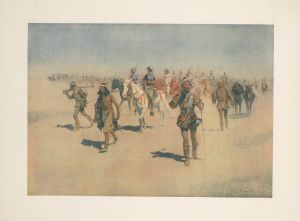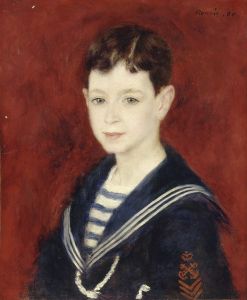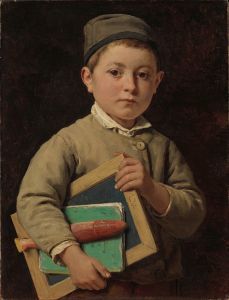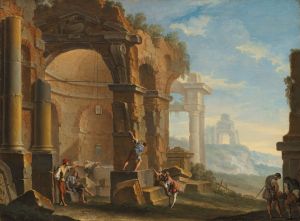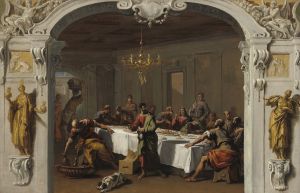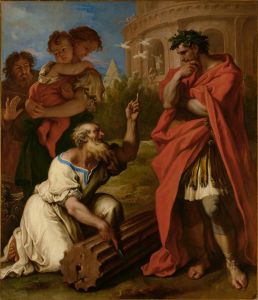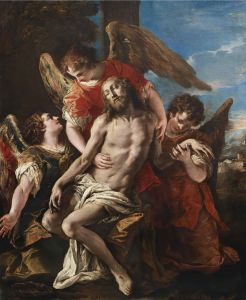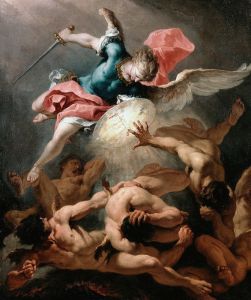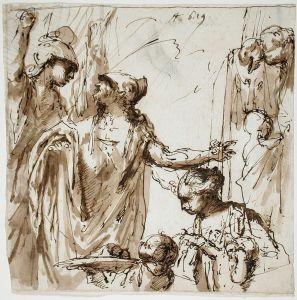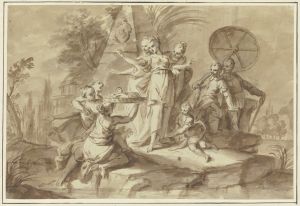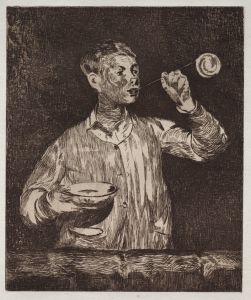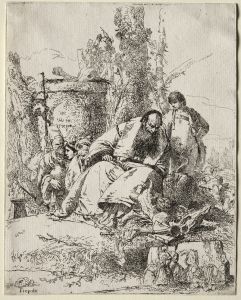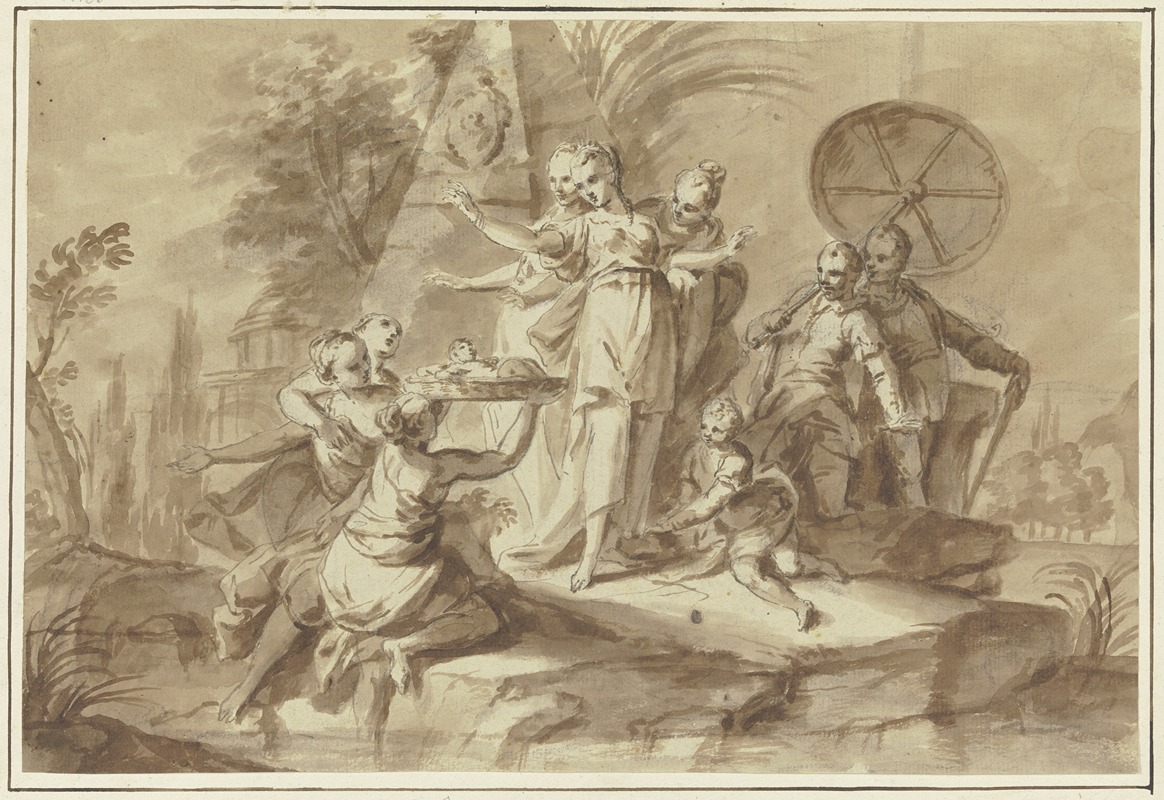
Finding of the Moses Boy
A hand-painted replica of Sebastiano Ricci’s masterpiece Finding of the Moses Boy, meticulously crafted by professional artists to capture the true essence of the original. Each piece is created with museum-quality canvas and rare mineral pigments, carefully painted by experienced artists with delicate brushstrokes and rich, layered colors to perfectly recreate the texture of the original artwork. Unlike machine-printed reproductions, this hand-painted version brings the painting to life, infused with the artist’s emotions and skill in every stroke. Whether for personal collection or home decoration, it instantly elevates the artistic atmosphere of any space.
Sebastiano Ricci's Finding of the Moses Boy is a Baroque-era painting that depicts the biblical story of the discovery of the infant Moses. Ricci, an Italian painter born in 1659 and active during the late 17th and early 18th centuries, was known for his dynamic compositions, vibrant color palette, and dramatic use of light, all of which are characteristic of the Baroque style. This painting is one of many works by Ricci that draw upon religious and mythological themes.
The subject of the painting is derived from the Book of Exodus in the Hebrew Bible. According to the biblical narrative, Moses was placed in a basket and set adrift on the Nile River by his mother to save him from Pharaoh's decree to kill all newborn Hebrew boys. He was later discovered by Pharaoh's daughter, who decided to raise him as her own. Ricci's depiction captures the moment of Moses' discovery, emphasizing the emotional and dramatic aspects of the scene.
In the composition, Ricci portrays Pharaoh's daughter and her attendants gathered around the infant Moses. The figures are arranged in a dynamic and theatrical manner, typical of the Baroque style, with flowing drapery and expressive gestures. The use of light and shadow enhances the drama of the scene, drawing the viewer's attention to the central figures and the baby Moses. The landscape in the background provides a sense of depth and context, situating the event near the Nile River.
Sebastiano Ricci was a prominent figure in the Venetian school of painting and played a significant role in the transition from the High Baroque to the Rococo style. His works were highly sought after by patrons across Europe, and he worked in various cities, including Venice, Florence, Vienna, and London. Ricci's ability to combine classical themes with a lively and decorative approach made his paintings popular among both religious and secular audiences.
The exact date of Finding of the Moses Boy is not definitively documented, but it is consistent with Ricci's mature style, which developed during the early 18th century. The painting is housed in a museum or private collection, though specific details about its current location and provenance may vary depending on the source.
This work exemplifies Ricci's skill in storytelling through art, as well as his mastery of color, composition, and the Baroque aesthetic. It remains an important example of his contribution to religious art and the broader artistic movements of his time.






